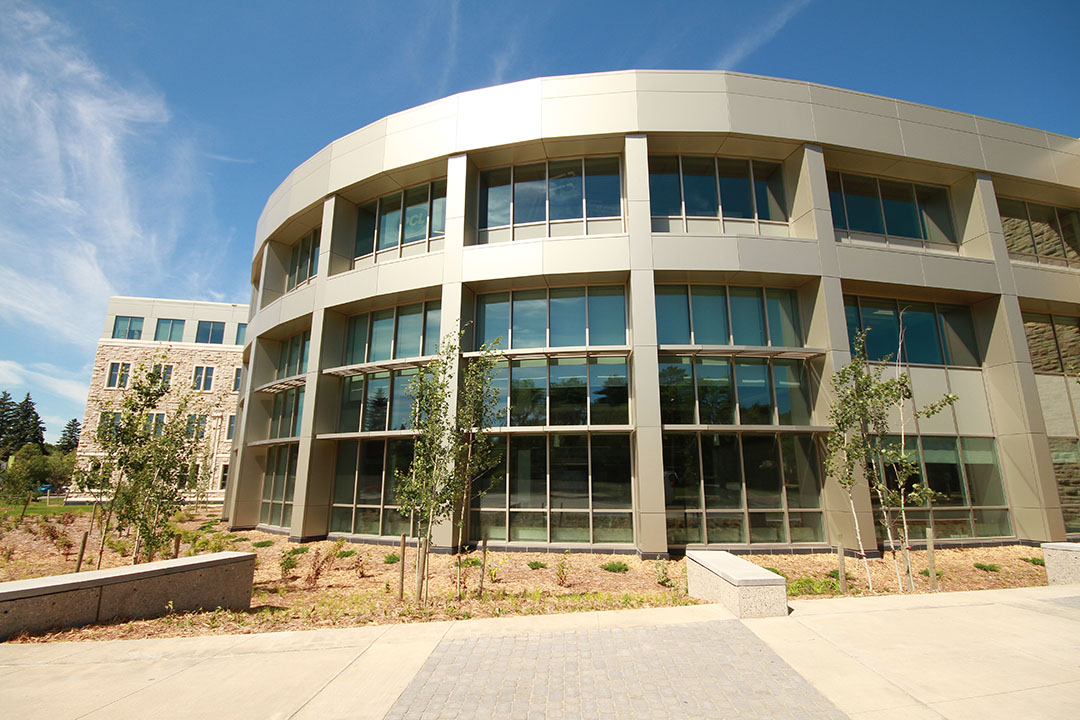
Past, present and future: Celebrating 60 years of rehabilitation science at USask
Since its humble beginnings at the Saskatoon airport, the School of Rehabilitation Science at the University of Saskatchewan (USask) has been a cornerstone of high-quality physical therapy education and research for students from across the province.
By Amanda Woroniuk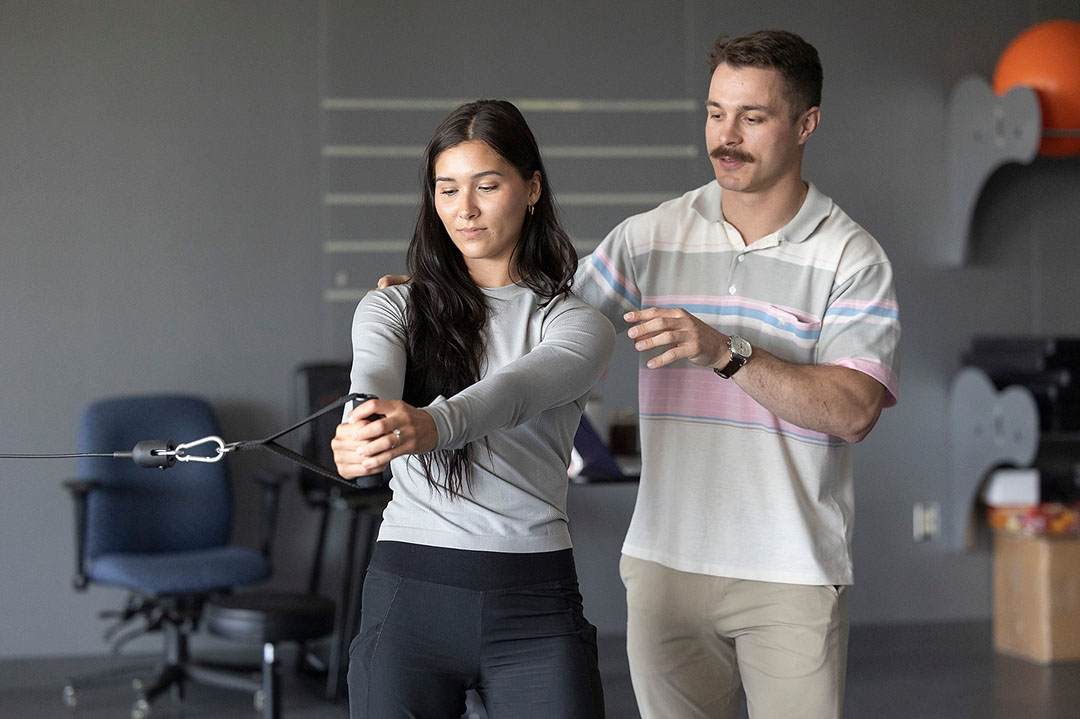
The school, through its focus on interprofessional education, innovative research and evidence-based practice, contributes to clinical care and improves the health of people throughout Saskatchewan. Almost 80 per cent of Saskatchewan’s physical therapists are graduates of the school.
On May 23, 2025, the school will mark its 60th anniversary and will welcome back alumni, faculty, staff and friends to commemorate the occasion.
“It’s an opportunity to celebrate our past and our present—where we’re at, but also our future,” said Dr. Brenna Bath (PhD), director of the school. “We’re in an exponential growth phase right now and we’re really changing. But we’ve also seen substantial change over the last 60 years. You can see that in our history.”
Early beginnings
The university launched a two-and-a-half-year diploma program in physiotherapy in 1965. That year, there were 20 students enrolled. In the 1970s, the program transitioned to a bachelor’s degree and, in 1976, the School of Physical Therapy was established within the College of Medicine.
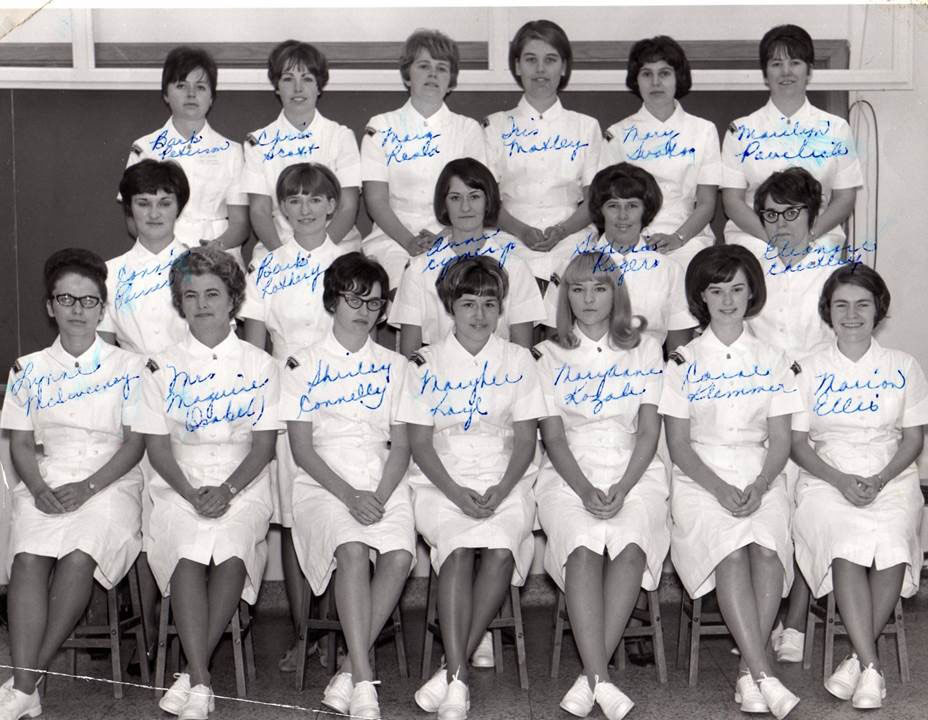
In 2007, the program evolved to a Master of Physical Therapy degree admitting 40 students per year to address the demand for a professional physical therapy program at the master’s level. The number of seats in the program has increased over the years, and as of 2023, 55 students are admitted annually.
In 2018, the school changed its name to the School of Rehabilitation Science to reflect the broad range of rehabilitation science research and interprofessional education, and as a signal of the intent to eventually house other rehabilitation profession programs, including speech-language pathology and occupational therapy.
Over the years, the school’s name isn’t the only thing that has changed. The school moved from its original buildings at the airport to USask’s campus—first to St. Andrew’s College in 1972 then to its current location in the Health Sciences Building in 2016.
Beyond teaching
In addition to the current Master of Physical Therapy program, the school is “punching above its weight” when it comes to research, according to Bath. Despite having a relatively small faculty complement, there are a number of master’s and doctorate students and other research trainees pursuing advanced research training under the supervision of faculty members.
“Our faculty and their collaborative teams have really gone above and beyond in terms of research success, beyond the traditional metrics to actually implementing new ways of care, and different service models that improve access to different populations that traditionally have not had access,” explained Bath.
Bath said that access includes delivering care to rural, remote and Indigenous communities, and reaching people with a range of health conditions through different online virtual care platforms.
Bath said the school is also a leader in the areas of Indigenization and decolonization. The school also has an active nistotamawin circle (formally known as the Indigenous Engagement Working Group) and an Indigenous initiatives co-ordinator (the first-of-its-kind in rehabilitation programs in Canada). In addition, the school has connections with Indigenous communities through research and outreach activities, led by faculty who have built relationships over many years and are learning with and from these Indigenous communities.
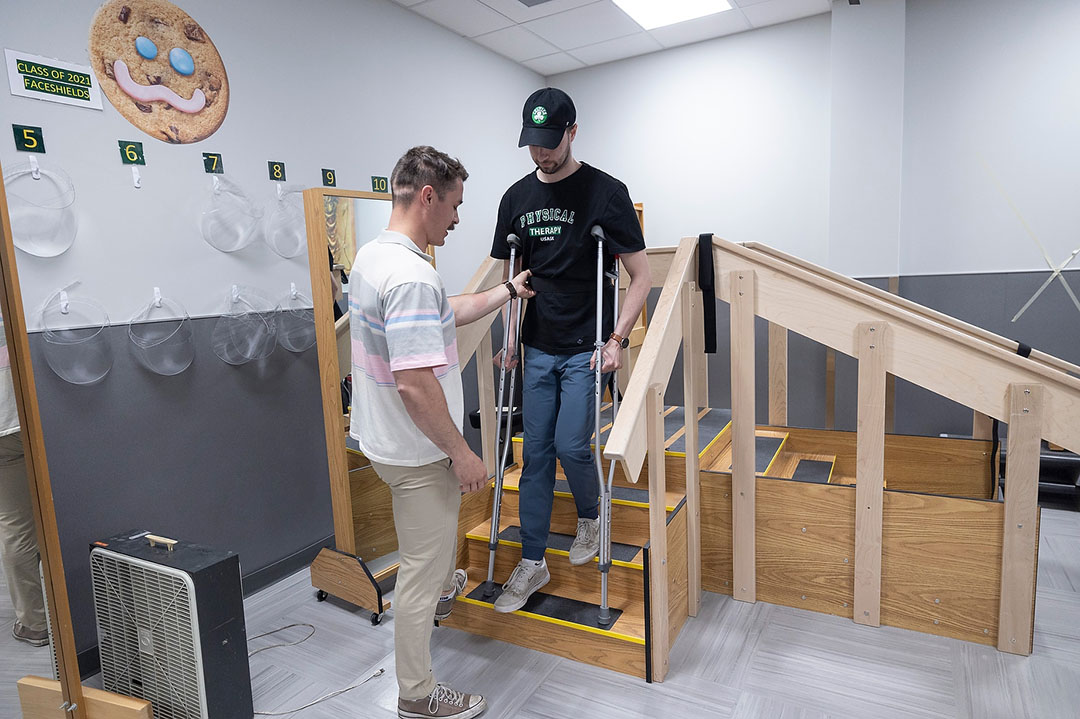
Launch of new programs
Thanks to a Government of Saskatchewan funding announcement in the spring of 2024, the school will launch master’s level programs in speech-language pathology and occupational therapy—both with targeted start dates in 2026, pending all required university-level approvals. After decades of advocacy for these new programs in Saskatchewan, Bath said this is reason to celebrate.
“We’re looking forward to having those programs within the School of Rehabilitation Science. It really has been a long-standing vision to have multiple interprofessional programs in rehab science under one roof.”
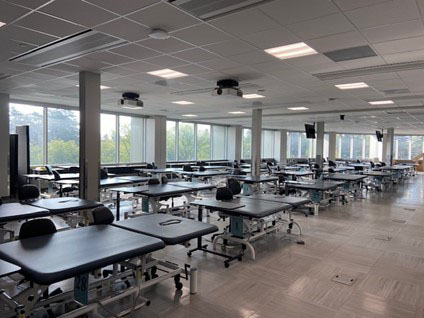
As the school continues to expand its offerings, Bath expects rapid expansion to continue.
“We’re going to be ramping up to build our staff and faculty complement for the new programs, and there is going to be a real push over the next couple of years,” she said. “In five years, I would anticipate having the two new programs—occupational therapy and speech-language pathology—fully operational and accredited alongside the physical therapy program. As well, expanding the reach and impact of rehabilitation science through new master’s and doctoral programs.”
Celebrating our community
Collaboration between the school and the public and private sectors is critical, said Bath. Strong partnerships are important to the school’s success. These partnerships ensure students receive high-quality education and learning opportunities and meet the program’s requirements for entry into practice when they graduate.
“We have many important partners in the clinical community,” said Bath. “Our students go out into a range of public and private health facilities and community-based organizations. In the last year, we’ve been piloting several new and innovative placements for our students. For example, we have students going into West Winds Primary Care Clinic to train alongside family medicine residents and students providing enhanced programming for neurological populations at the Saskatoon Field House.”
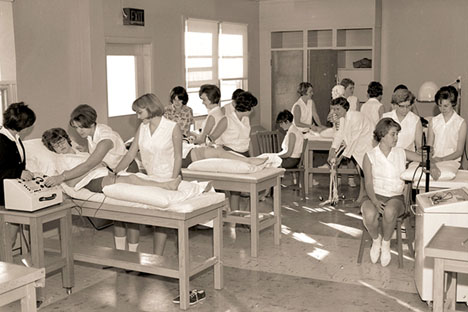
Bath highlighted how the support the school receives from the clinical community and alumni is crucial. Students benefit from placements where they put theory into practice and are supervised by practising physical therapists and other health-care providers in and around Saskatchewan.
Donors also play an important role when it comes to the student experience and their success in the program. The Master of Physical Therapy program is intensive, which makes it challenging to balance work and studies. Having access to student scholarships and bursaries is very beneficial for USask students.
“That is a really important part of our program, an important part of our student experience, and we are so grateful for that,” she said. “We also have long-standing relationships with the physiotherapy provincial organizations—the Saskatchewan Physiotherapy Association, the Saskatchewan College of Physical Therapists—and, in more recent years, partnerships and engagement with the corresponding professional and regulatory bodies, in speech-language pathology and occupational therapy.”
Bath emphasizes the vital role alumni have played in the school’s continued success and looks forward to seeing many of them at the anniversary celebration this May.
“We really hope we have a phenomenal turnout of alumni at the event in whatever capacity they feel like they can join,” said Bath.
Activities during the 60th anniversary celebration will include a morning student research symposium, followed by an afternoon public open house and an evening gala.
“We would invite anyone from the clinical community, alumni or others, to visit our current teaching and learning spaces at the open house,” said Bath. “We’ll have a variety of stations set up from some of our faculty and researchers, as well as from students who are taking part in unique initiatives and clinical placements. We will also be able to share space and concept design plans for the new occupational therapy and speech-language pathology programs.”
Together, we will undertake the research the world needs. We invite you to join by supporting critical research at USask.

